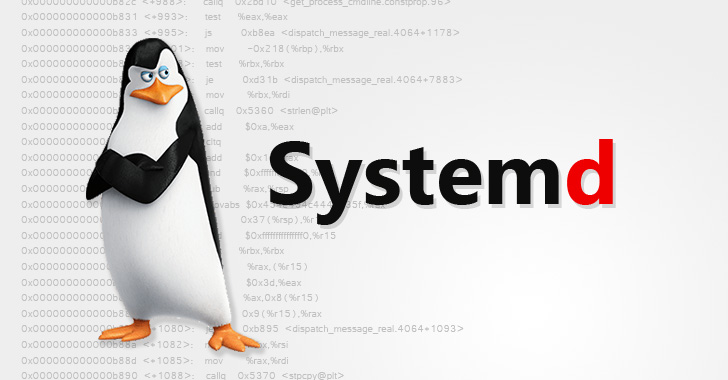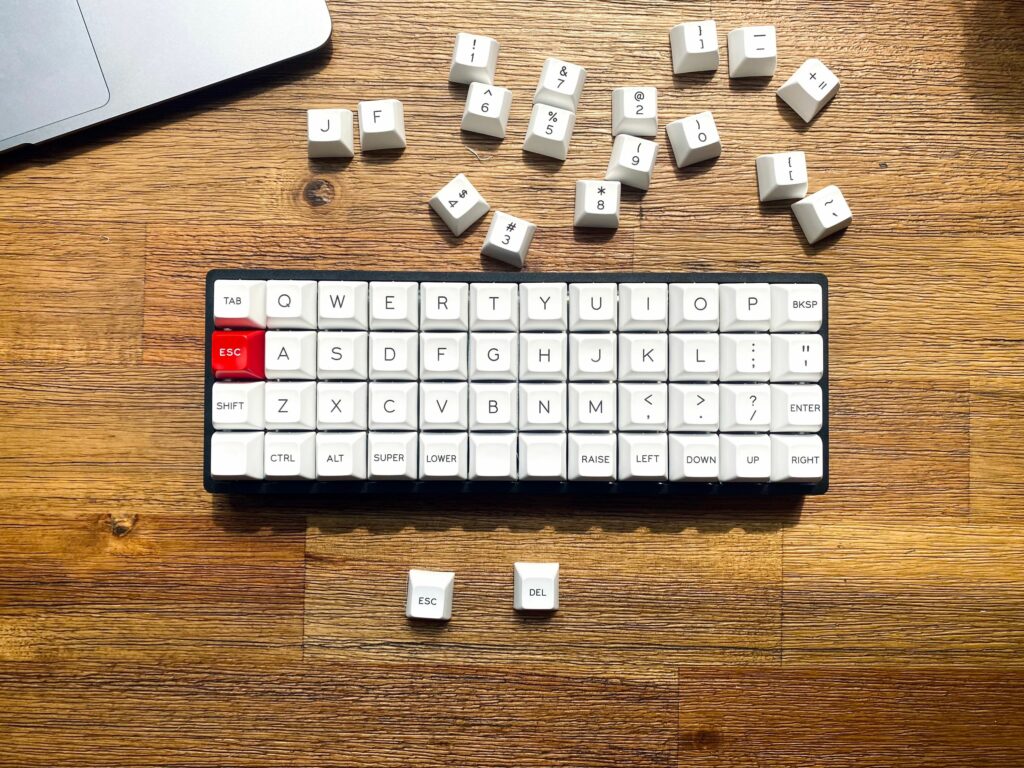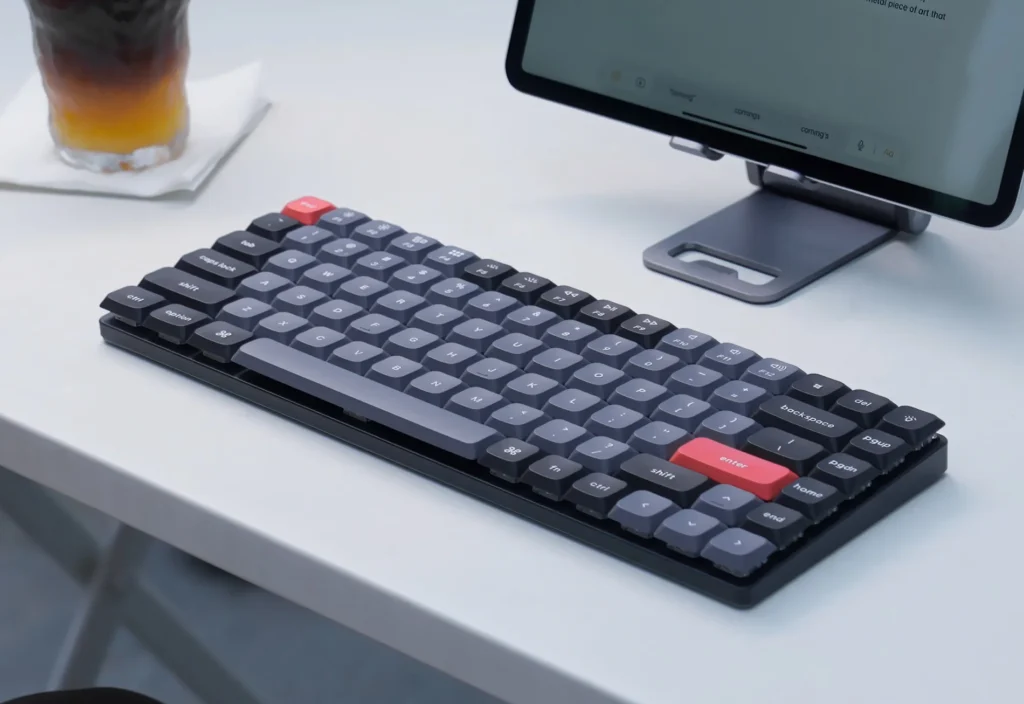Hey, fellow hackers and makers! In this blog post, I want to share with you some of the coolest Linux handhelds and cyberdecks that I’ve seen online and how you can build your own with a Raspberry PI and some DIY skills. If you’re into retro-futuristic computing and hacking, you’ll love these gadgets!
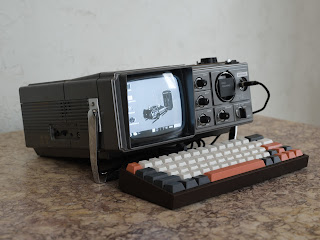
Linux handhelds are portable devices that run Linux as their operating system. They can be used for gaming, coding, browsing the web, or anything else you can do on a Linux PC. Some of the most popular Linux handhelds are the PocketCHIP, the Pyra, the PinePhone, and the GP2X. These devices have different features and specs, but they all share a common goal: to bring the power and freedom of Linux to your pocket.
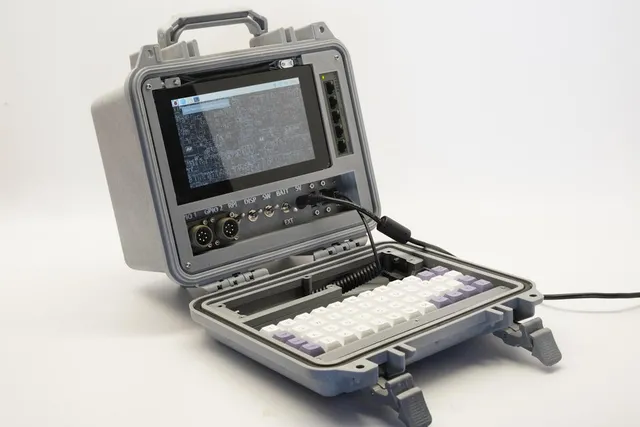
Cyberdecks are custom-built computers that resemble the cyberpunk aesthetic of the 80s and 90s. They are often inspired by the fictional devices used by hackers in movies like Blade Runner, Neuromancer, and Hackers. Cyberdecks are usually made from recycled or repurposed parts, such as keyboards, monitors, cases, batteries, and wires. They are designed to be portable, rugged, and modular. Some of the most impressive cyberdecks I’ve seen are the Cyberdeck64, the Pi-Mate 3000, the Cyberdeck Mark 2, and the Cyberdeck Mark 3.
One of the easiest and cheapest ways to build your own Linux handheld or cyberdeck is to use a Raspberry PI as the core component. The Raspberry PI is a tiny and affordable computer that can run various Linux distributions and has a large community of enthusiasts and developers. You can use a Raspberry PI to create your own handheld gaming console, your own mini laptop, your own tablet, or your own cyberdeck. All you need is some creativity and some basic tools.
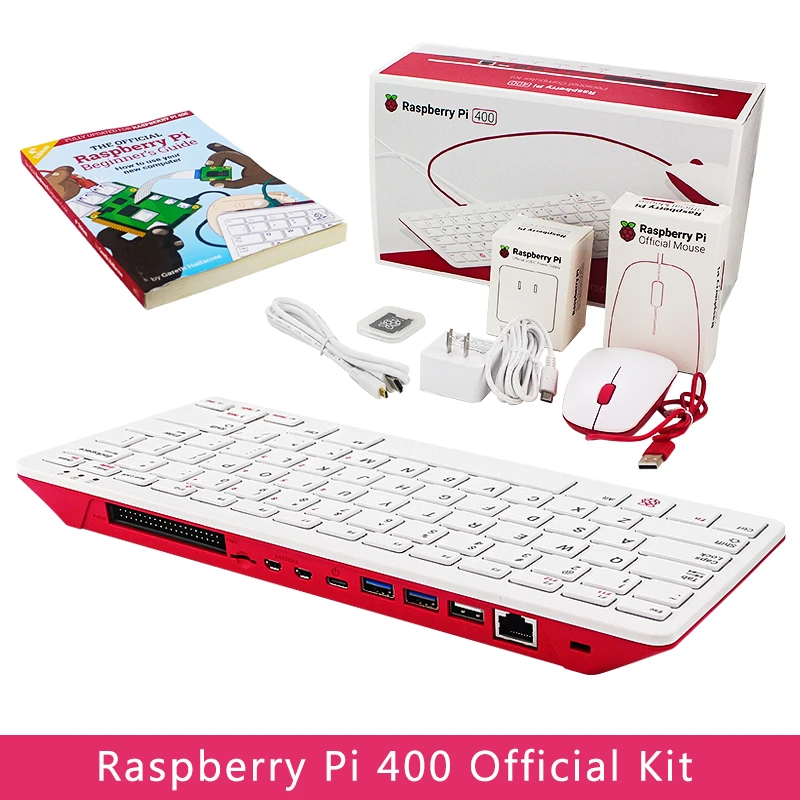
I’ve been fascinated by Linux handhelds and cyberdecks for a long time and I’ve always wanted to make my own. That’s why I’m super excited about my next gadget: the uControl from ClockworkPI. The uControl is a modular Linux handheld that lets you customize it to your liking. It has different modules like the screen, keyboard, battery, speaker, wifi, bluetooth, 4g model, and more. You can also add your own modules using the GPIO pins or the USB ports. The uControl runs on Linux and has a quad-core processor, 4 GB of RAM, 32 GB of storage, WiFi, Bluetooth, and HDMI output. It’s like a mini PC that fits in your hand.
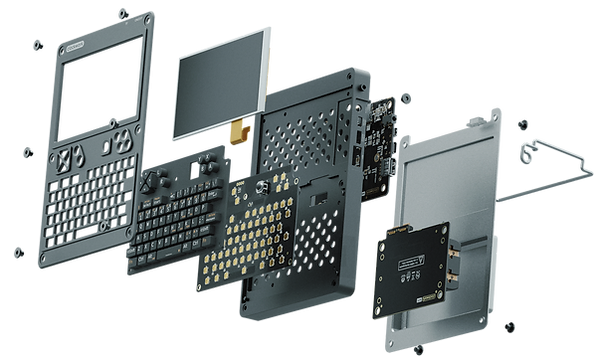
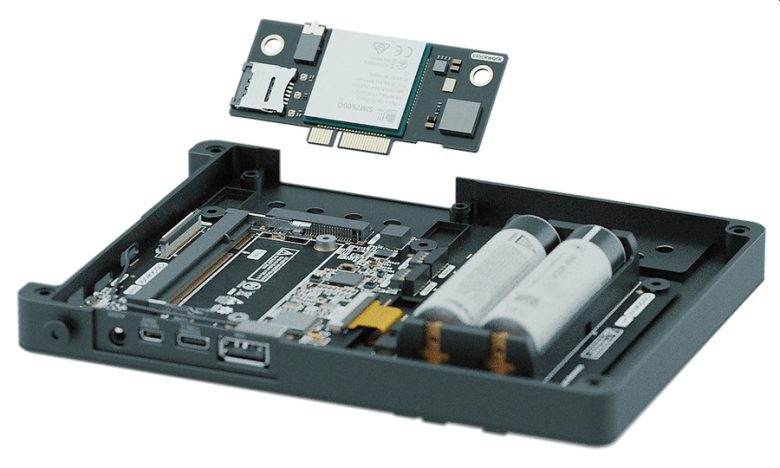
The uControl is currently on Kickstarter. I can’t wait to get my hands on it and start hacking away. I think it’s the perfect device for anyone who loves Linux handhelds and cyberdecks. If you’re interested in getting one too, you can check out their campaign page here: uConsole | ClockworkPi
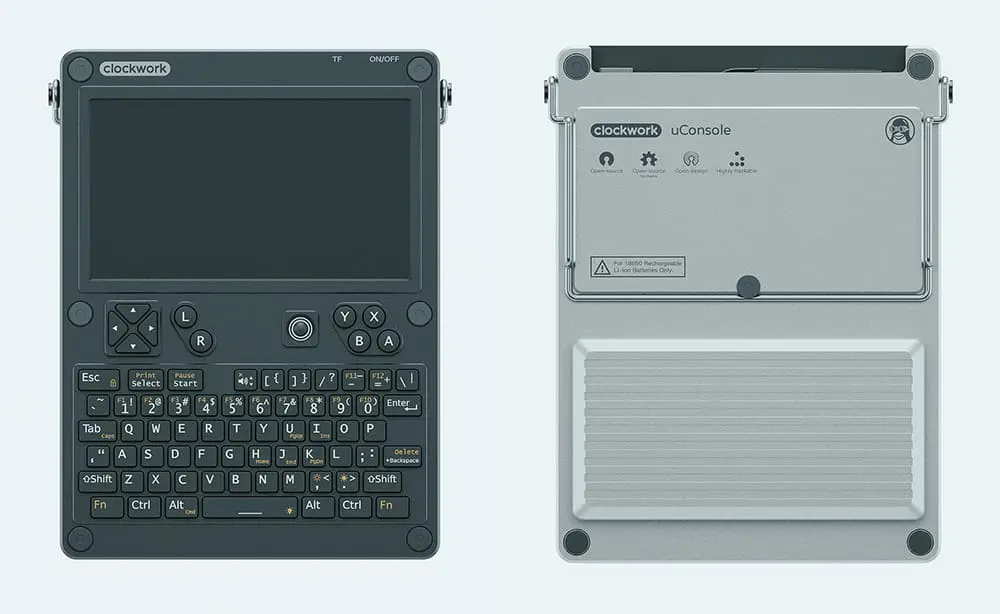
That’s all for this blog post. I hope you enjoyed reading about Linux handhelds and cyberdecks and maybe got inspired to make your own. Let me know what you think in the comments below. Until next time, happy hacking!
